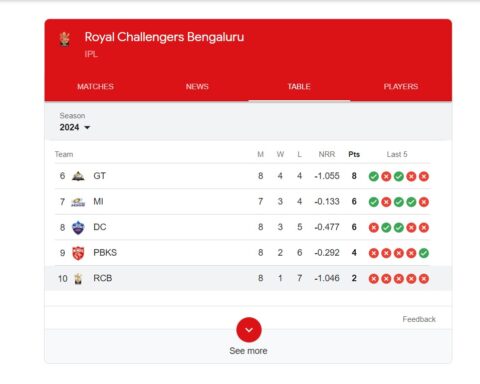Cricket, often referred to as the gentleman’s game, is governed by a set of official rules that ensure fairness and maintain the spirit of sportsmanship. These rules, recognized internationally, serve as the foundation for every cricket match played at the highest level.
- The Basics: Cricket is a bat-and-ball game played between two teams, each consisting of eleven players. The objective is to score more runs than the opposing team while dismissing their batsmen. The game is typically played in three formats: Test matches, One Day Internationals (ODIs), and Twenty20 (T20) matches, each with its own variations and rules.
- Pitch and Playing Area: The playing field consists of a rectangular pitch at the center, with wickets at each end. The pitch is 22 yards long and is usually made of a closely mown strip of turf. It has three main components: the stumps (made of three vertical wooden posts), the bails (placed on top of the stumps), and the crease markings (indicating safe areas for batsmen and bowlers).
- Batting and Scoring Runs: The team batting has two batsmen on the pitch at a time. The aim is to score runs by striking the ball with the bat and running between the wickets. The batsmen can also score runs by hitting boundaries, such as fours (when the ball reaches the boundary after bouncing) and sixes (when the ball crosses the boundary without bouncing). Each run scored is added to the team’s total score.
- Bowling and Dismissing Batsmen: The team fielding has bowlers who deliver the ball towards the batsmen. The primary objective is to dismiss the batsmen in various ways, such as getting them out bowled (when the ball hits the stumps and dislodges the bails), caught (when a fielder catches the ball before it touches the ground), stumped (when the wicketkeeper removes the bails while the batsman is out of the crease), run-out (when a fielder hits the stumps with the ball while the batsman is running between the wickets), or through leg-before-wicket (LBW) decisions (when the ball strikes the batsman’s leg in front of the stumps, preventing a fair shot).
- Overs and Innings: An innings is the batting turn of a team, where they aim to score as many runs as possible. Each innings consists of a specific number of overs, with six legal deliveries in each over. In Test matches, each team usually has two innings, while in limited-overs matches, teams have a single innings to score runs within a specified number of overs.
- Umpires and Decision-making: Umpires officiate the game, making crucial decisions regarding the fairness of play. They ensure that the game is played within the boundaries of the rules and resolve any on-field disputes. Umpires adjudicate on run-out appeals, dismissals, and other on-field incidents. In international matches, technology like the Decision Review System (DRS) is employed to assist in making accurate decisions, allowing teams to challenge the umpire’s decision by reviewing replays.
- Fielding Positions and Fielding Restrictions: Fielders are positioned strategically on the field, aiming to prevent runs and take wickets. Various fielding positions, such as slips, gully, cover, mid-wicket, and fine leg, play a vital role in defensive strategies. Limited-overs matches also have fielding restrictions in the form of powerplays, where only a limited number of fielders are allowed outside the inner circle during specific phases of the innings.
- Spirit of the Game: Cricket is known for its emphasis on sportsmanship and fair play. Players are expected to adhere to the spirit of the game, displaying respect for opponents, umpires, and the rules themselves. This includes adhering to the code of conduct, playing in the right spirit, and upholding the integrity of the game.
These are just some of the key elements covered in the International Official Cricket Rules. The rules provide a comprehensive framework for conducting matches at the international level, ensuring consistency and integrity throughout the game. By understanding and appreciating these rules, fans and players can engage in cricket with a deeper level of knowledge and enjoyment.












